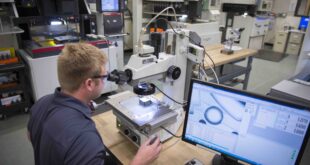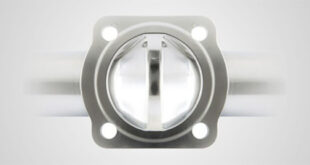Asia is set to lead the global acrylonitrile butadiene styrene (ABS) industry capacity additions with a share of 98% by 2027, by gaining capacities from new-build and expansion projects between 2023 and 2027, according to GlobalData, the data and analytics company.
GlobalData’s latest report, Acrylonitrile-Butadiene-Styrene (ABS) Industry Capacity and Capital Expenditure Forecasts with Details of Active and Planned Plants to 2027, reveals that the total ABS capacity of new-build and expansion projects in Asia is expected to be 4.60 million tonnes per annum (mtpa) by 2027.
ABS, a thermoplastic polymer, is manufactured by polymerising acrylonitrile and styrene in the presence of polybutadiene. It is widely used in manufacturing light, moulded and rigid products such as automotive body parts, pipes, packaging tools and other consumer goods. The high demand for ABS in Asia is attributed to the booming automotive, electronics, and expanding constructive industries in the region.
Nivedita Roy, Oil and Gas Analyst at GlobalData, comments: “For the upcoming new build projects, Asia is expected to add a capacity of 3.84 mtpa from nine planned and announced projects, whereas, for the expansion of the existing ABS projects, the region is expected to add a capacity of 0.76mtpa from four planned and announced projects.”
ABS capacity additions in Asia are expected to come only from China and India. The major capacity addition in China will be from an announced project, Zhejiang Petrochemical Daishan ABS Plant 2, with a capacity of 1.20mtpa. It is expected to commence production of ABS in 2027.
Nivedita concludes: “In India, the major capacity contribution will be from a planned project, Supreme Petrochem Nagothane ABS Plant 1 and Supreme Petrochem Nagothane ABS Plant 2, each with a capacity of 0.07mtpa. They are expected to come online in 2024 and 2026, respectively.”
 Engineer News Network The ultimate online news and information resource for today’s engineer
Engineer News Network The ultimate online news and information resource for today’s engineer


